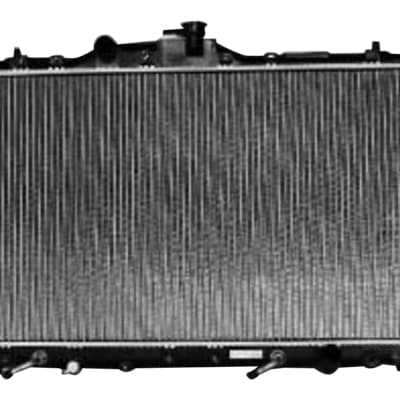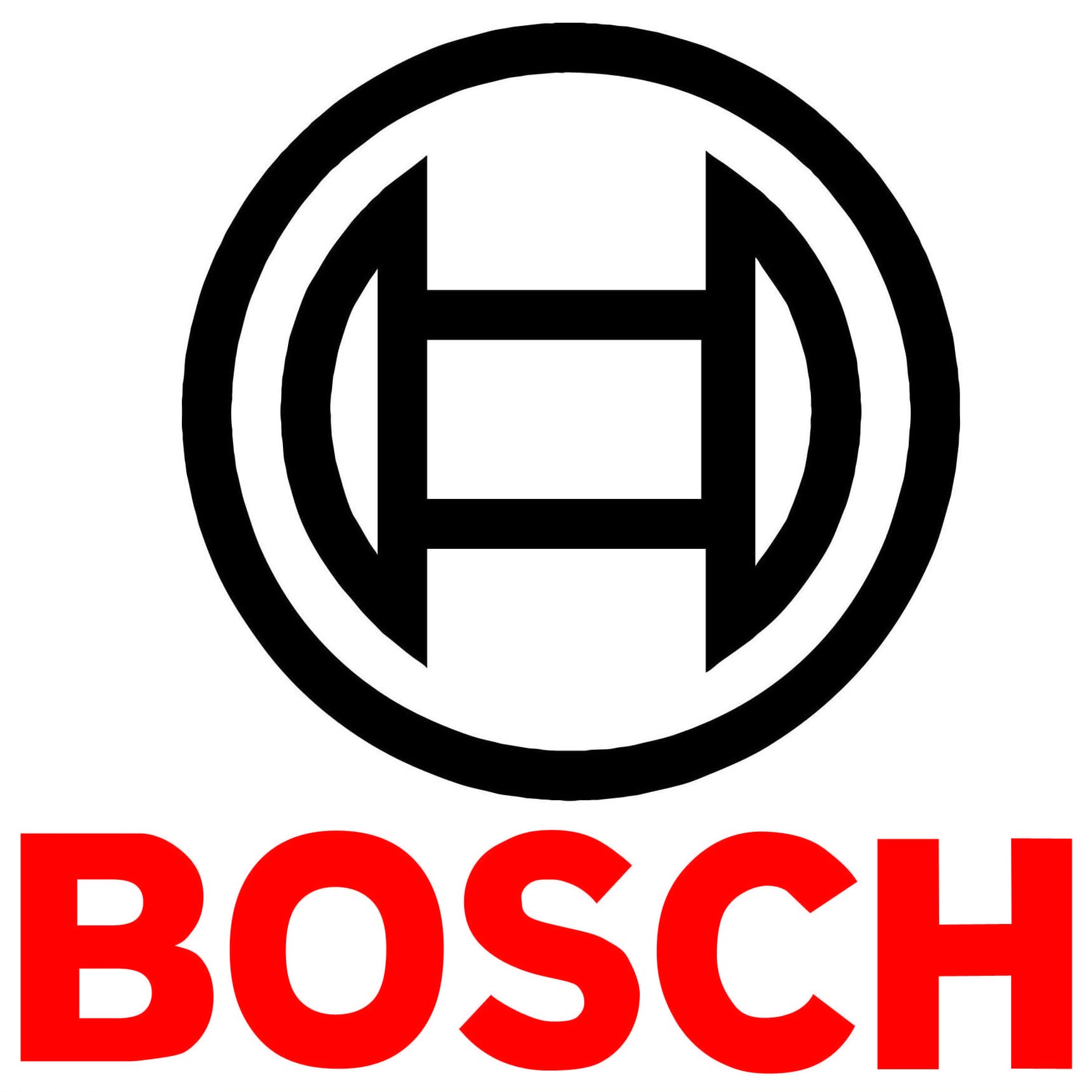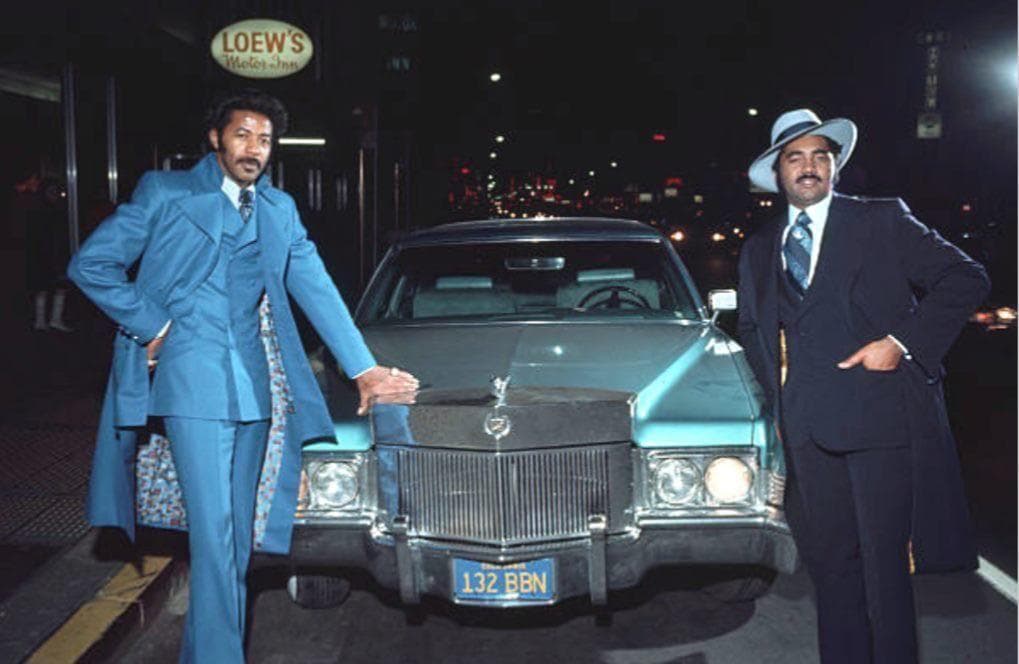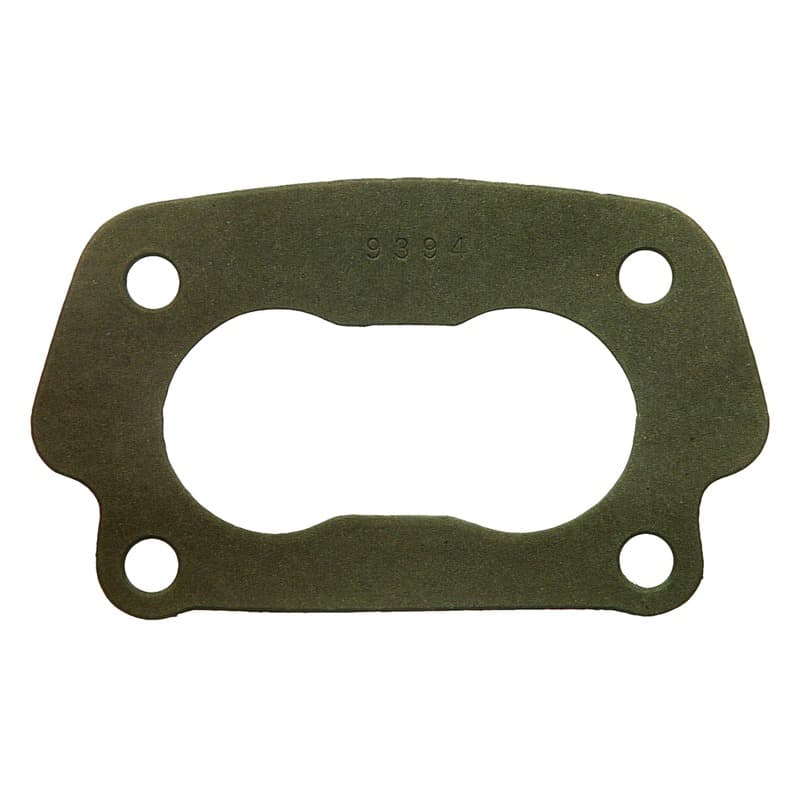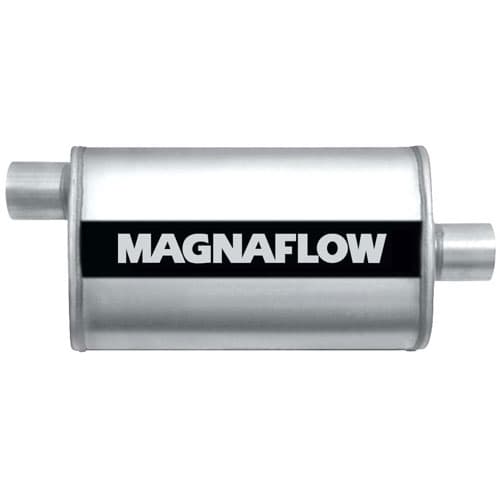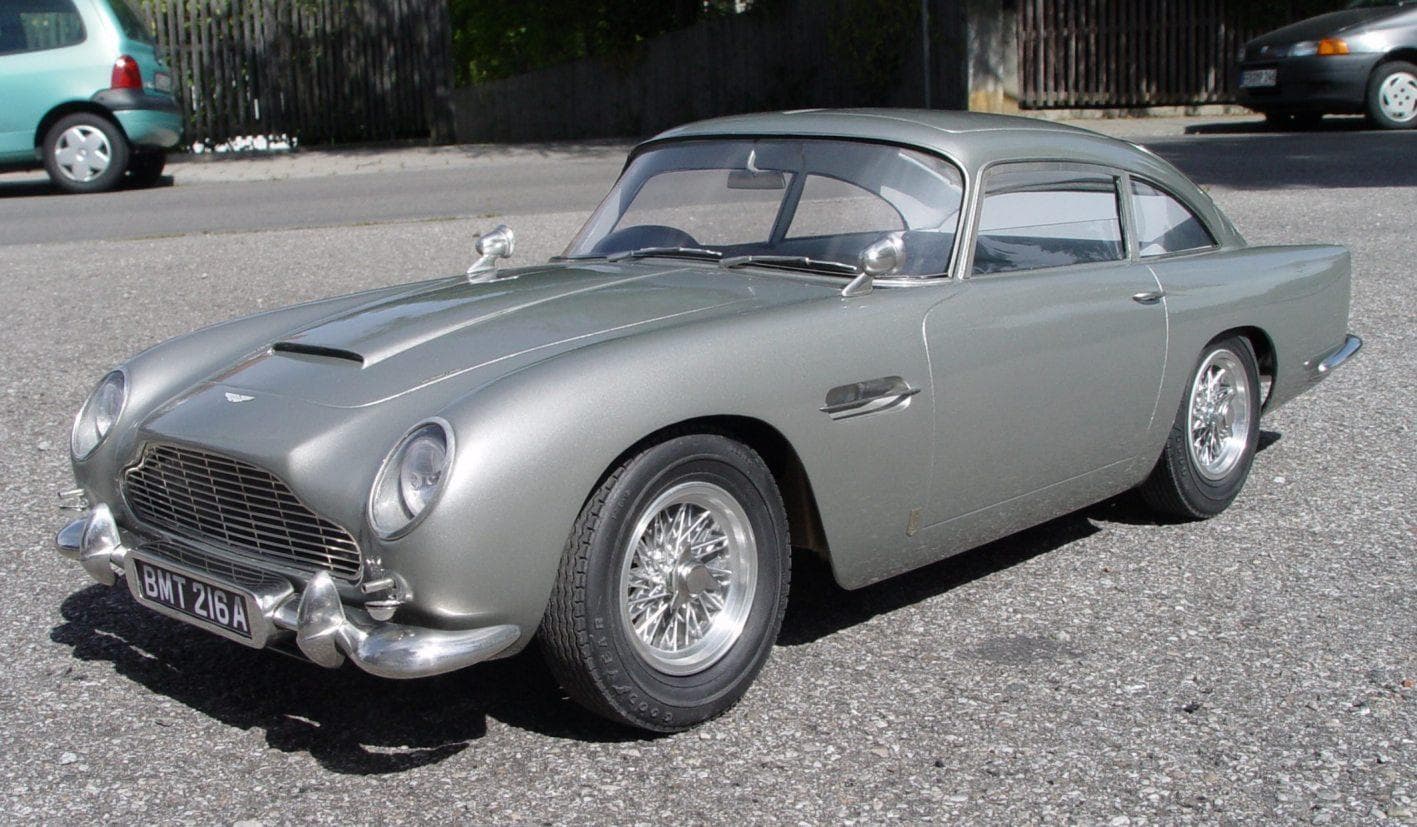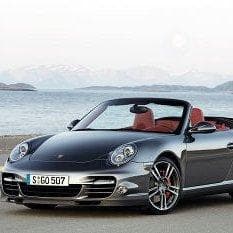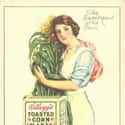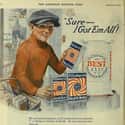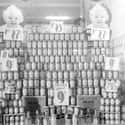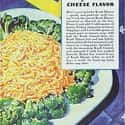(#2) Oscar Mayer
- Brand/Company
Oscar F. Mayer, an immigrant from Bavaria, came to the United States as a 14-year-old boy, settling in Detroit, MI, with his family. Mayer worked as a butcher from a young age, later relocating to Chicago, IL, where he transitioned to a role in retail. In 1883, Mayer and his brother, Gottfried, opened their Oscar F. Mayer & Bro. shop in Chicago, selling meat as a retail and wholesale commodity.
During the early 20th century, the Mayer brothers expanded, first purchasing a manufacturing plant in Madison, WI, and later branding their own meat products. The first yellow band was placed on Mayer meats in 1929.
Oscar Mayer wieners (the jingle didn't come out until 1963) were born the same year that Buffalo Bill's Wild West show kicked off in another section of the North American heartland. The show was founded in North Platte, NE, and William F. "Buffalo Bill" Cody launched what General William Tecumseh Sherman described as a "wonderfully realistic and historically reminiscent" show that brought the Wild West to life.
The "Wild West, Rocky Mountain, and Prairie Exhibition" premiered on July 4, 1883. During its 30-year run, it featured its namesake, the former Pony Express rider and Indian scout, alongside cowgirl Annie Oakley, Native American warriors, fast-roping horseback riders, and a host of other acts. The show re-created the American West while simultaneously romanticizing it for audiences around the country. It garnered international attention, even traveling to London to perform for Queen Victoria in 1887.
(#12) Kellogg's
- Brand/Company
Corn flakes were initially served at a sanitarium in Battle Creek, MI, intended to promote clean living habits. Created by Dr. John Harvey Kellogg, the exact recipe for original corn flakes is unclear, with assertions they were made out of flour, oats, and cornmeal as early as 1877. In other tellings, they were first made by chance when fermented wheat dough was rolled out and baked to prevent it from going to waste in 1898. Still another story indicates they resulted from an unsuccessful batch of granola.
Regardless of when corn flakes were first made, Kellogg's brother Will developed a recipe that became the core product of the Battle Creek Toasted Corn Flake Company in 1906. Within a few years, Kellogg's Corn Flakes were produced in large numbers. Bran flakes followed suit, introduced in 1915.
After the two brothers began feuding over branding, a lawsuit over using the family name took shape. In 1920, Will was granted legal permission to use his surname on the product.
In a pre-automobile world, horse and buggy remained the main mode of transportation until the early 20th century. Even after automobiles were introduced, there was mistrust associated with them, not to mention a cost-prohibitive aspect that kept them out of the hands of non-elites. Fear about excessive speed, mishaps, and "reckless motorists... [slaying] your children" were all stoked by horse-and-buggy advocates.
It wasn't until 1908 that automobiles became more affordable, largely the result of increasingly efficient production processes and competition among major manufacturers, including Henry Ford. Ford's Model T revolutionized automobile accessibility and versatility alike, decreasing in price from $825 when it was first sold to $575 by 1912.
(#5) Pillsbury Company
- Food Manufacturing
Pillsbury has origins reaching back as far as 1869 when it first produced flour from its mill in Minneapolis, MN. The company's founder, Charles A. Pillsbury, acquired more mills during the early 1870s, soon reorganizing his business to create C.A. Pillsbury and Company in 1872.
Pillsbury grew to dominate the flour market in the United States, in large part due to the incorporation of increasingly efficient grain elevator and steam-rolling technologies. In 1889, the Pillsbury-Washburn Flour Mills Company Ltd., took shape, consolidating flour manufacturing activities in Minnesota still further. Washburn was held by a British syndicate, however, allowing Pillsbury to expand internationally as well.
Jesse James, born in 1847, was well into his outlaw career by the late 1860s and early 1870s. James fought with Confederate guerilla troops during the American Civil War, staging his first bank holdup only one year after the conflict ended. With his brother Frank and a member of the James-Younger Gang, James held up trains, stages, and banks from Minnesota through Kentucky and into Mississippi.
James achieved folk hero status during his life, provoking fascination among journalists and the general public alike. His activities prompted Missouri Governor Thomas T. Crittenden to offer a large reward for Jesse and Frank James in 1881, to no avail. Jesse was shot by his associate, Robert Ford, in 1882.
(#10) 1869 - Carrier Pigeons Were Still Used When Heinz Was Founded
Founded by Henry John Heinz in 1869 near Pittsburgh, PA, the Heinz Company initially produced pickles, horseradish, and vinegars, expanding to "catsup" in 1876. The move to ketchup was achieved on the heels of Heinz filing for bankruptcy just one year earlier.
After the introduction of sweet pickles in 1876 as well, Heinz branched still further, offering his "57 Varieties" by 1896. At that time, the Heinz Company actually had more than 60 products on the market - the number was simply what the company's founder believed was lucky.
Using birds as modes of communication traces back to ancient world and, during the late 19th century, was still very much practiced. During the Franco-Prussian War of 1870-1871, pigeons were dispatched in and out of Paris, carrying essential messages to and from areas in the north. By the time the conflict was over, only 73 of the 409 pigeons used during the conflict had returned home safely (other sources indicate it may have been 57 returned to 302 total).
Carrier pigeons were again used during World War I. France had as many as 30,000 pigeons at the ready, punishing anyone who hindered their efforts with ruin. Pigeons found additional uses during World War II and were in service by the French in Vietnam, a tactic the United States military considered using in the country as well.
(#3) Tabasco sauce
- Food
As a product of the McIlhenny Company, Tabasco traces its origins to 1868. Edmund McIlhenny created what would become Tabasco Original Red Pepper Sauce from his home state of Louisiana, using the same recipe that remains popular today.
McIlhenny came up with a hot sauce that would add a kick to bland Southern food, incorporating seeds from a specific type of chili pepper - the capsicum frutescens. During the first year of production, McIlhenny sold just over 650 bottles of hot sauce, mostly to regional outlets along the Gulf Coast. He adopted the term "Tabasco," a Mexican Indian word that means either "place where the soil is humid" or "place of the coral or oyster shell." Two years later, McIlhenny got a patent for his Tabasco Sauce and soon expanded his product to markets across the US and abroad.
As McIlhenny set out on his business venture, the United States was similarly entering a new phase. In the aftermath of the American Civil War, former Confederate states slowly reentered the Union during the Reconstruction period. States were placed under martial law while they formed new governments. To rejoin the US, states had to meet several requirements, including acceptance of emancipation and ratification of the newly passed 14th and 15th Amendments. The latter extended citizenship protections and voting rights to African Americans.
Tennessee was the first former Confederate state to reenter the Union, brought back in on June 24, 1866. During 1868, seven states - Alabama, Arkansas, Florida, Georgia (later put back under federal control due to breaching the terms of reentry), Louisiana, North Carolina, and South Carolina - all returned to the United States.
(#9) Kraft Foods
- Brand/Company
Kraft Foods, now merged with the H.J. Heinz Holding Corporation, began as a small dairy business in 1903. Canadian James L. Kraft and his brother Charles delivered cheese to local retailers, incorporating their enterprise in 1909. James, Charles, and two additional Kraft brothers honed a cheese process that prevented spoilage, ideal for military troops serving during World War I.
During the 1920s and 1930s, Kraft developed additional products, including Velveeta, Miracle Whip, Parkay margarine, and its highly recognizable macaroni and cheese. To maintain dominance of the cheese market in the United States, Kraft acquired Phenix Cheese Company as well, a joint company that was purchased by National Dairy Products Corporation in 1930.
Kraft cornered the processed cheese industry in a few short decades. In the same time period, the US focused its efforts on building a canal linking the Pacific and Atlantic Oceans across the Isthmus of Panama. During the late 19th century, the Isthmus was held by the Colombian government, which transferred control over to a private corporation in 1881. Financed by French investors, the corporate body set out to build a canal, a project headed by Count Ferdinand de Lesseps, who'd successfully facilitated the opening of the Suez Canal in 1869.
The logistics of building a canal in Panama proved too challenging for Lesseps and the French, and in 1902 US President Theodore Roosevelt purchased the French assets in the area for $40 million. Colombia resisted US presence, however, fearful it would lose hold over its territory. As a result, Roosevelt lent his support to the independence movement in Panama, recognizing it as a republic on November 6, 1903.
The US and Panama signed the Hay-Bunau-Varilla Treaty on November 18, giving the former control and ownership of the Panama Canal Zone.
New Random Displays Display All By Ranking
About This Tool
Nestlé, Danone and Yili have topped Brand Finance’s list of the world’s 50 most valuable Food brands in 2019, released by Brand Finance. Brand Finance uses “royalty relief” to calculate the Brand value, which measures the cost of licensing such a Brand in the future.
The random tool generated 13 items and introduced 13 famous food brands. I think they decide who should go on stage based on the time the brand was created, the popularity of the food and the history of the brand over the years. In this tool, you can find brands like Keebler Foods Company, Oscar Mayer, Tabasco Sauce, Del Monte Foods, Pillsbury Company, Jell-o and more.
Our data comes from Ranker, If you want to participate in the ranking of items displayed on this page, please click here.

